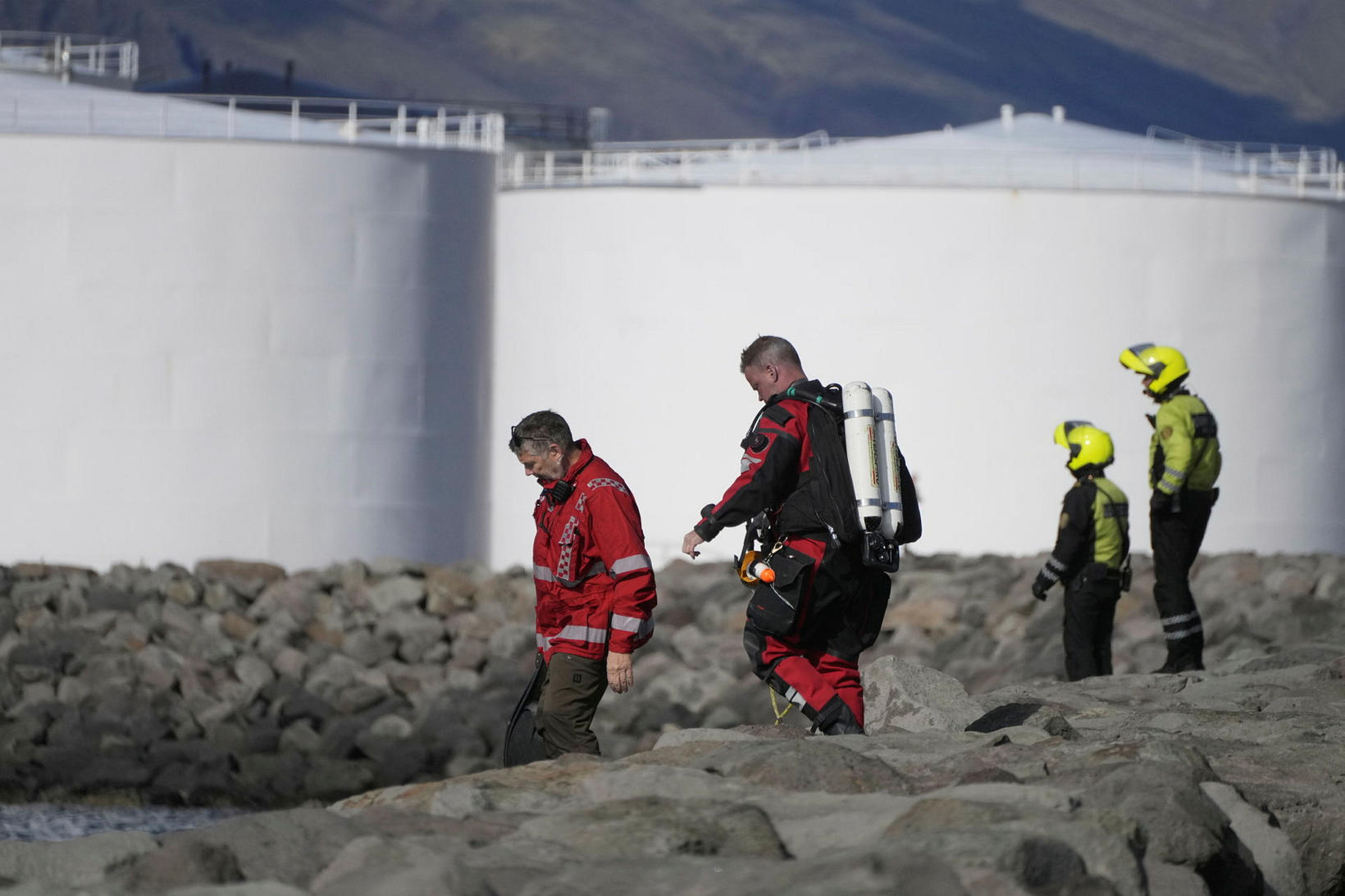Wide dunes have many advantages, « but you don’t just clean up a seaside resort »
/s3/static.nrc.nl/images/gn4/stripped/data132845497-2e8841.jpg)
« Do you see those flowering dune roses? » Kustecologist Eva Lansu (29) enthusiastically points to the bushes. « According to my students, it smells like Toffees, but I never smelled that myself. »
On May 20, Lansu obtained his PhD at the University of Groningen (RUG) on her research into ‘coastal bursting’ for the NIOZ (Royal Netherlands Institute for Research of the Sea). Due areas are getting more and more trapped worldwide between the sea and buildings. Lansu found out that the narrower a dune area is, the lower biodiversity. Duin managers and universities have been wondering for some time what the connection is between the two, but nobody sought it earlier. Lansu was happy to take on the task.
First she calculated the distance to the first buildings with a self -written computer program of all sandy coasts worldwide. That turned out to be an average of four hundred meters, with a third of the beaches it was less than a hundred meters. While dune systems are miles wide when they can go their own way.
Lansu then examined biodiversity in 35 Dutch dune areas. Before that, she walked with a number of students in a straight line from the sea through the dunes to the first buildings. « We started on the high water line and then walked straight through the dune area. Some pieces were so impenetrable that we had to walk around one kilometer at a hundred meters. » Every hundred meters they looked at which plants grew at four square meters. « Then we went to our knees to explore and name the plants one by one. That could sometimes be a whole puzzle. » The fact that Lansu from home is not a biologist did not help: « I had only had one ecology profession in my studies, so I still had to learn all the species. In the beginning that was tough. » Laughs: « I can’t imagine how they used to do it, without those identification apps. »
Optimum width
Lansu studied soil, water and atmosphere in Wageningen. « More the technical nature side. But I have always had an interest in plants. I like the diversity of it so much: when you come to a new area, it is always exciting what you will find. » To compare her Dutch findings with another climate, she did the same field research in Florida and Georgia. Lansu found the same non-linear connection between coastal width and biodiversity in both countries: “If it gets narrower, the effect is not too bad at first: you lose some species. But if the dune area really becomes very narrow, less than one and a half kilometers, the dune forests and the wet dune valley will disappear a lot of plant species.
The minimum required width to have all vegetation types is about one and a half kilometers, according to her research. « Then you usually have dune grasslands, thickets, wet dune valleys and dune forests. » But that is not wide enough for the individual plant species: that requires 3.8 kilometers. In the Netherlands, dune areas are rarely so wide: on average they are narrower than a kilometer. Lansu found most species in the Kop van Schouwen in Zeeland: 144 in an area of 3.5 kilometers wide.
Not only for biodiversity are too narrow dune areas problematic. The dunes threaten on the sea side threatening and sea level rise. « Normally dunes move with Kusterosia, inland, » explains Lansu. But because of the buildings, that space is not there. « We can really assume that because of all those buildings, Duinen have now become much narrower than they ever were. We bring ourselves into a plight. »
Baby dunes
Dunes are also an important line of defense against flooding. Lansu: « A dike is only one wall, a dune area are so many walls in succession. » The Dutch dunes are also important for drinking water extraction – the rescue of certain broad dune areas in the Netherlands, according to Lansu – and recreation.
The dunes can be widened in theory from two sides. « Of course you can clean up the infrastructure on the one hand, but that is not that realistic: you don’t just clean up a seaside resort. » Broadening on the sea side is also possible, with sand supplements. « Then there can also be embryonic dunes – baby dunes – such as here on the Hors in the south of Texel. Then you really expand the dune area. »
Recently, Lansu also walked here with dune managers, to share her results. Because broadening is not the only way to promote biodiversity. For example, so -called carves digging in the first row of dunes also helps. « There are a few further on. » Lansu points to the north. « Then sand from the beach can freely blind the dunes, which provides more diversity. Because sand is generally lime -rich, with many shells. » The top layer of the dune floor is also possible, « then you get new pioneer species. »
Her interest in the dunes is not only professional. « Every Saturday I walk hard here with a group, a round of ten kilometers. » Lansu can say that dunes are her favorite kind of nature reserve. « Because of the diversity, of course, but also because if you are in a dune valley, you are really in nature, you are away from the world for a while. »

/s3/static.nrc.nl/images/gn4/stripped/data132973943-82fa37.jpg|https://images.nrc.nl/U1AhsFW3erQa-qCmiTXxenHCZ5U=/1920x/filters:no_upscale()/s3/static.nrc.nl/images/gn4/stripped/data132973943-82fa37.jpg|https://images.nrc.nl/LnNFzy22QjsgZwQk9RhJbHRAQ38=/5760x/filters:no_upscale()/s3/static.nrc.nl/images/gn4/stripped/data132973943-82fa37.jpg)
/s3/static.nrc.nl/images/gn4/data132978730-43bb23.jpg)



